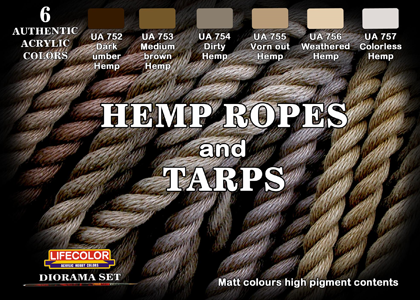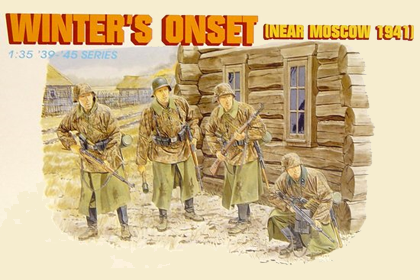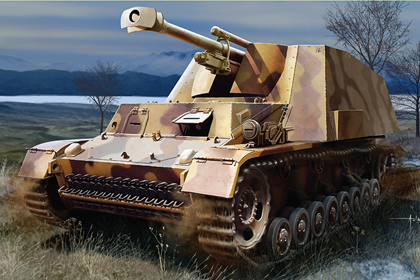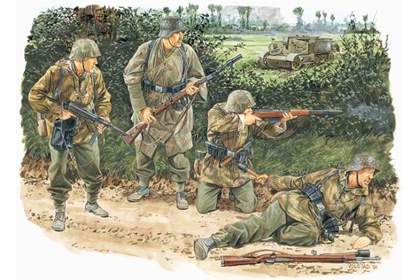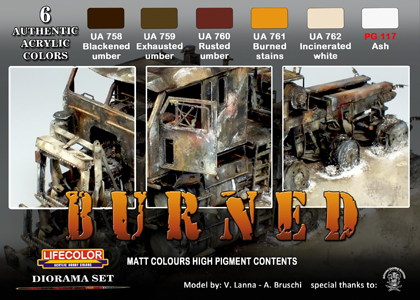This is the Tamiya 35 237-3900 kit in 1/35 scale, of the ‘German Möbelwagen 3,7cm FlaK auf Fgst Pz.Kpfw.IV (Sf)’.
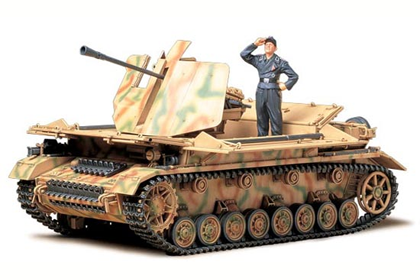
History
The mass-production model started to be manufactured in February 1944. It was equipped with a powerful 3.7 FlaK 43 cannon capable of firing 250 shots/min, and thick armored plates surrounding the upper part of the vehicle, which could be raised or lowered for horizontal firing.
By 1945, a total of 240 vehicles were produced, most of which were deployed to the western front, providing a vicious defense against approaching fighters and bombers of the Allies.
Manufacturer
Where I got it
- Stoppel Hobby (August 2015)


